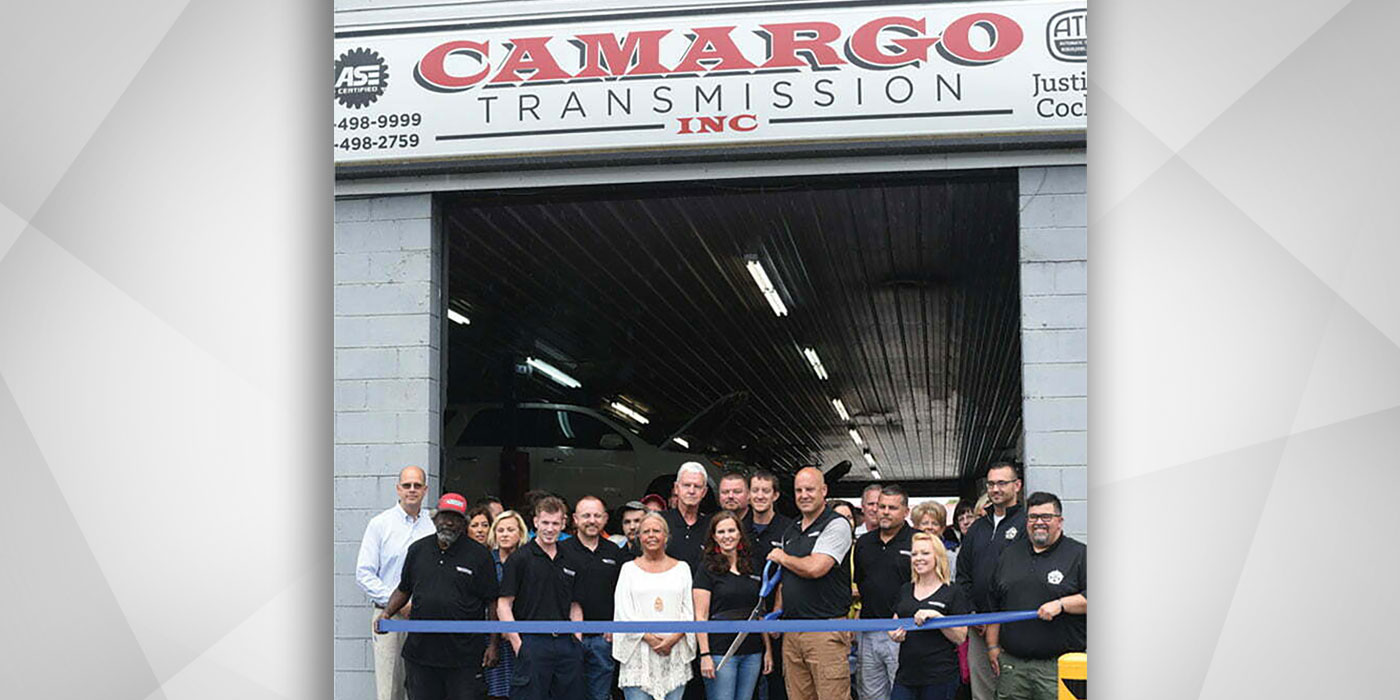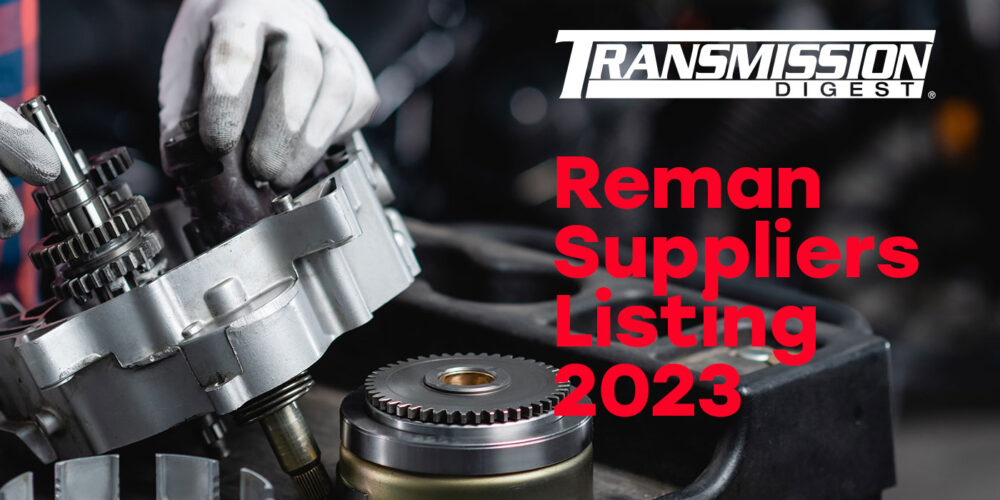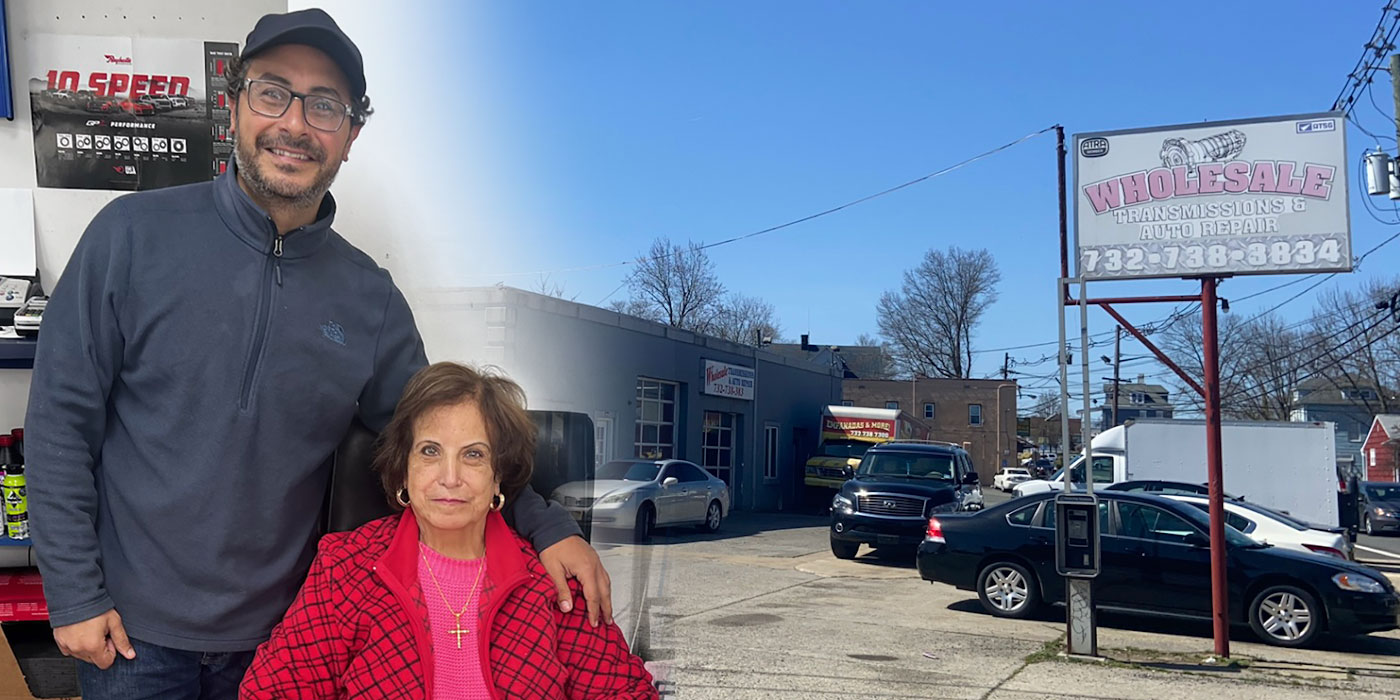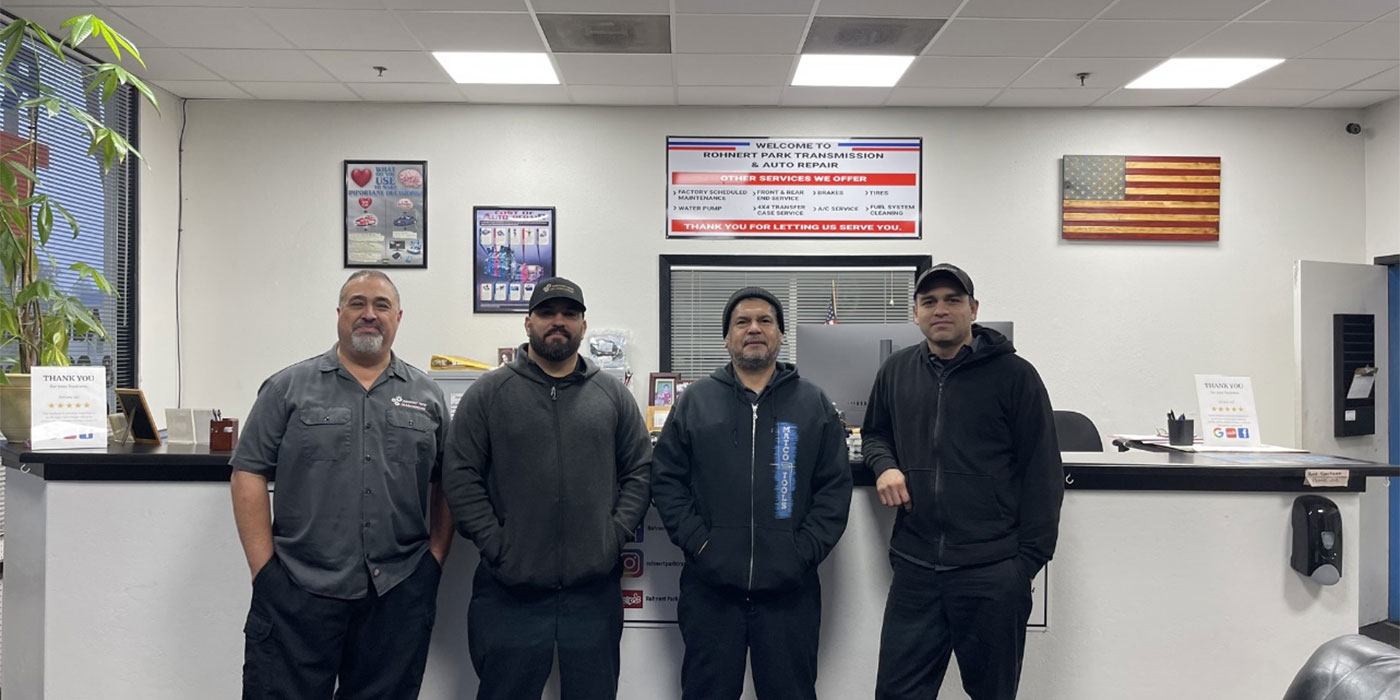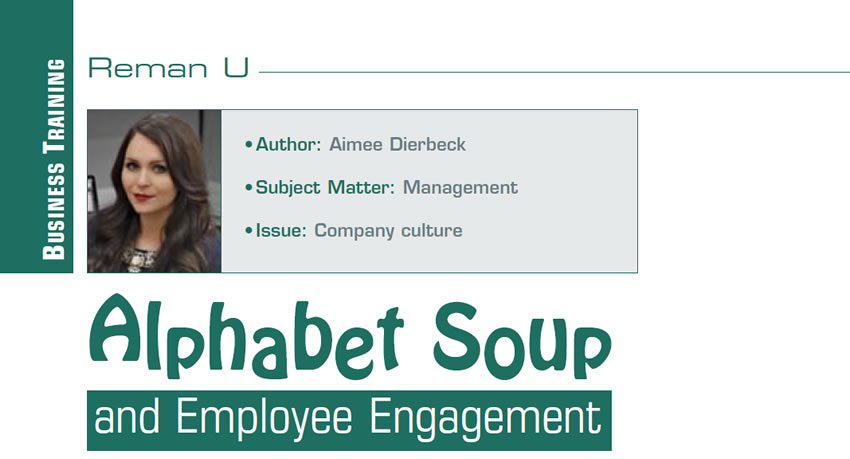
Reman U
- Author: Aimee Dierbeck
- Subject Matter: Management
- Issue: Company culture
Pop Quiz: What’s your business’ best asset?
It’s OK. Take a minute to think about it. I’ll wait here.
Got it?
Is your best asset your state-of-the-art facility? Nope. How about that super-impressive-sounding equipment you just bought? Still no. Obviously, it’s your envy-inducing client list, right? Strike three, buddy.
It’s engaged employees.
Now, engaged employees aren’t the same as happy employees. I’ve known plenty of happy employees who do little more than convert oxygen to carbon dioxide. And engaged employees aren’t the same as satisfied employees. If you’ve ever listened to Captain Reman, you should know that satisfaction is the bare minimum gauge of success – and satisfied employees are content employees – until something better comes along.
In short, engaged employees give a damn about your company. They’re not working just for a paycheck; they’re working because they’re connected to your company’s values, committed to its goals, and feel responsible for its successes or failures. Not only are they valuable as employees, they’re valuable as recruiters, salesmen, and marketers.
Sounds pretty awesome, huh?

Here’s the catch: engaged employees aren’t hired. They’re a product of your company culture. Building an engagement-centric culture is as easy as reciting the alphabet.
- A is for Autonomy: Are your employees able to take ownership of their work without having to go through layers of management approval?
- B is for Branding: Are your company’s values and mission well defined and clearly communicated?
- C is for Communication: Is there a clear, direct, two-way communication link between upper management and employees?
- D is for Development: Is there opportunity for employee advancement, mentorship, and professional growth?
- E is for Enjoyment: Do your employees actually want to come to work?
- F is for Fellowship: Do your employees feel like they’re part of a team, and do they regularly meet outside of work?
- G is for Gratitude: Do you openly show appreciation for a job well done?
- H is for Human Resources: Do your HR practices communicate the values of your organization and provide managers with clear and fair process to follow for compensation increases and performance evaluations?
- I is for Importance: Are your employees’ roles clearly defined in terms of their essentialness to fulfilling your organization’s mission?
- J is for Job Security: Are your employees’ job security tied to their performance? Are their performance measured? Are performance standards, benchmarks and expectations communicated at regular intervals?
K is for Ka-ching: Are your employees being fairly and adequately compensated for their duties, abilities, and performance?
And, finally, L is for Leadership: Do you realize that you’re an integral part of your employees’ engagement?
Conducting annual performance reviews isn’t always fast. Giving praise doesn’t always feel natural. Building a department around something as abstract as employee engagement isn’t always easy. But the success – or failure – of developing an engaged, loyal, performing workforce starts with you.
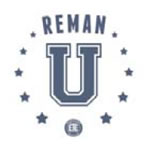

Aimee Dierbeck is the Jill of All Trades at ETE REMAN and part of the Reman U author team. Reman U is a free e-newsletter that delivers best practices, lessons learned and tricks of the trade to help you build a better transmission business.




